
© Gareth McLeod. (Click image for larger version)
Christian Holder and Naomi Sorkin
Ida Rubinstein: The Final Act
★★★✰✰
London, Playground Theatre
27 September 2021
www.naomisorkin.com
theplaygroundtheatre.london
Ida Rubinstein and Isadora Duncan pose the same conundrum: were they major cultural figures in the first half of the 20th century or narcissistic dilettantes who made the most of their limited talents as dancers? Both were feted by high society; both were mocked by those who thought they knew better.
The publicity for a new play about Rubinstein asserts that she was a forgotten diva. She died in obscurity in 1960, long after she had stopped performing in her own productions. Duncan’s dramatic death in 1927, strangled by her scarf caught in the wheels of a car, ensured that her extravagant reputation lives on. There have been more plays, films and recreations of her performances than of Rubinstein’s, though Ida’s achievements have not been totally overlooked. There are at least two biographies and many images of her striking looks in photographs and paintings, including those by her lesbian lover, Romaine Brooks.
Naomi Sorkin, who plays Ida in the new drama about her life, resembles her, though she’s not nearly as tall. Both have Russian Jewish roots, and Sorkin is a former ballet dancer – a much better one than Ida – as well as an actress. The play, by Christian Holder (also a former dancer in a long and varied career), is based on previous scenarios, a short film and Vicki Woolf’s biography, Dancing in the Vortex. The pretext is that Ida, in retirement, is telling her life story to an earnest young interviewer, Edward Clement (Max Wilson). It turns out that he was a Free French fighter in WWII and during his convalescence in England was cared for by Mme Rubinstein.

© The Playground Theatre. (Click image for larger version)
Until Act II, he is assumed to be an English journalist, indulging Ida’s reminiscences as she relives her past, dressed in an array of finery (beautifully carried off by Sorkin). Rubinstein came from a wealthy family in St Petersburg, where she encountered the artistic elite of Imperial Russia. Léon Bakst became a close friend, introducing her to Serge Diaghilev. She joined Diaghilev’s Ballets Russes for its first season in Paris, appearing as Cleopatra and then as Zobéide in Schéhérazade. Both were choreographed by Michel Fokine, who required her to pose exotically rather than dance.
Affronted by Diaghilev’s criticism of her lack of technique, she set up her own studio in Paris, frequented by French cultural luminaries and Russian exiles. She featured in Oscar Wilde’s Salome and Gabriele D’Annunzio’s The Martyrdom of Saint Sebastian, provoking controversy for her boldness – not least as a Jewish woman portraying a Christian male saint. In 1928, she established her company, Les Ballets Ida Rubinstein, commissioning more than a dozen new scores by contemporary composers. Many of them were choreographed by Bronislava Nijinska, until she left to form her own company.
Bronislava gets no mention in Holder’s play, and nor does Frederick Ashton, who joined the company in 1928-9. Maurice Ravel puts in an appearance, portrayed by Darren Berry playing Boléro (called Fandango when it was commissioned) on Madame’s piano. Were eminent composers and artists in thrall to her or her money? She took the lead in every production until 1934, ‘hauling herself up on pointe’ well into her 40s, according to Ashton. Ravel and Stravinsky had to confine their comments to praising the beauty of Madame’s gestures. The company was known to dancers as La Compagnie des répétitions de Mme Ida Rubinstein – the Company of Rehearsals – because they spent more time preparing than performing. Ida suffered from her nerves, a narcissist fearful of criticism.
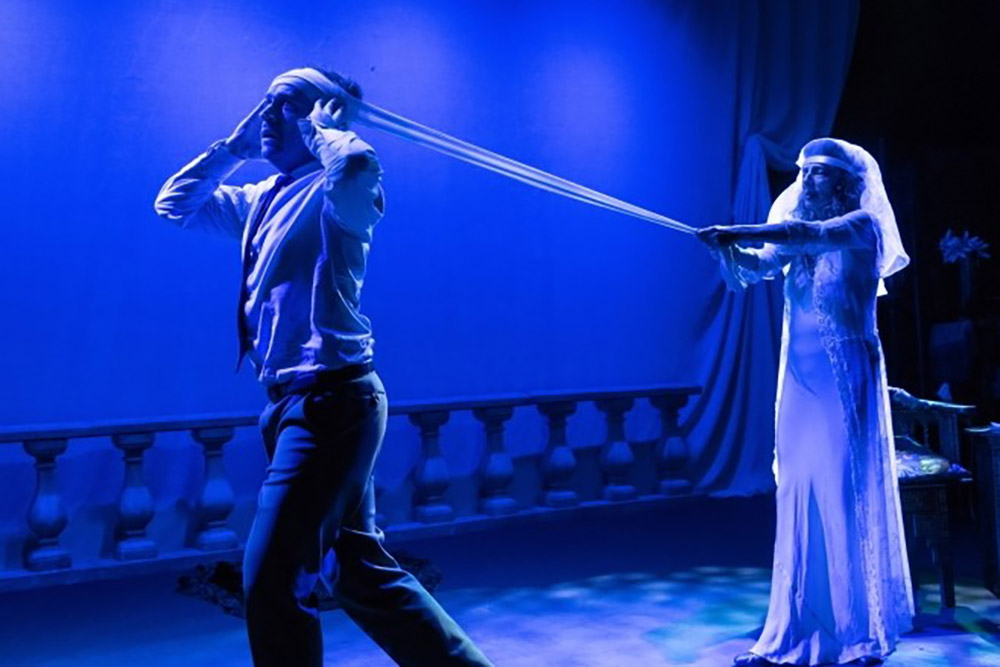
© Gareth McLeod. (Click image for larger version)
Sorkin conveys Rubinstein’s vulnerability beneath her diva-like behaviour. Her balletic arms are frail, her strength and Russian accent undependable. Her maid/companion (Kathryn Worth) wearily puts up with her whims. Worth also plays Romaine Brooks, who was infatuated with Ida, painting her many times, while being besotted with D’Annunzio. (Marco Gambino). Holder has choreographed an elegant pavane for their triangular relationship, adding a lily and including Berry’s Ravel in the dance for good measure. Ida, meanwhile, had yet another lover, Walter Guinness, Baron Moyne, rich and married. He secured her passage to England when she had to flee the Nazi invasion of France in 1940.
She had survived WWI, continuing to perform as an actress while also attending to wounded French soldiers as a nurse, in a tailored uniform designed by Bakst. She undertook the same role as a nurse during WWII, while living in the Ritz hotel. The revelation in the play that Edward Clement was one of her patients feels contrived. Why had he sought her out, when she had chosen to return to France to spend the last phase of her life as a recluse? She had converted to Roman Catholicism, staying in a convent for a month each year. Clement evidently wanted to assure her that the French fighters she helped would never forget her.
The production values of Ida Rubinstein, the last act capture the relics of the Belle Epoque through opulent fabrics, video projections, period furniture and atmospheric lighting. (Production design is by David Roger, lighting by Declan Randal and Ida’s costumes by Charles and Patricia Lester and Christian Holder.) The role of Ida is a gift for Sorkin, who has invested her skills as a dancer and actress in recreating Rubinstein’s highly theatrical life. Though Ida must have been more of a poseuse than a danseuse, especially as she grew older, she had a remarkable career as an impresario. She used her money and social connections to commission creations from great composers, artists and choreographers – even if she did insist on appearing in them herself. The play pays tribute to her flamboyance without being able to pin down the inner life of a woman who spent her last years in willed obscurity.












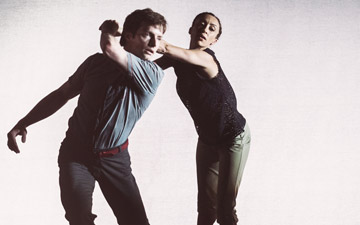
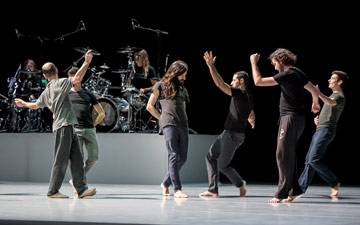
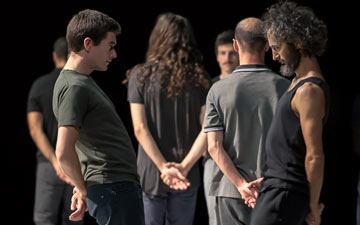
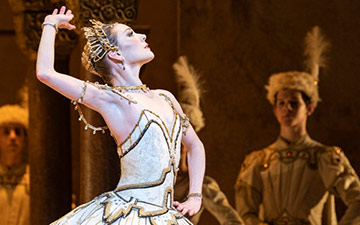
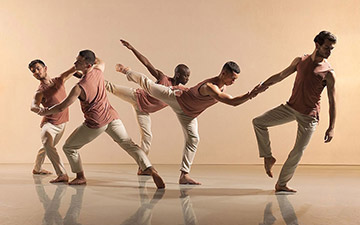
You must be logged in to post a comment.